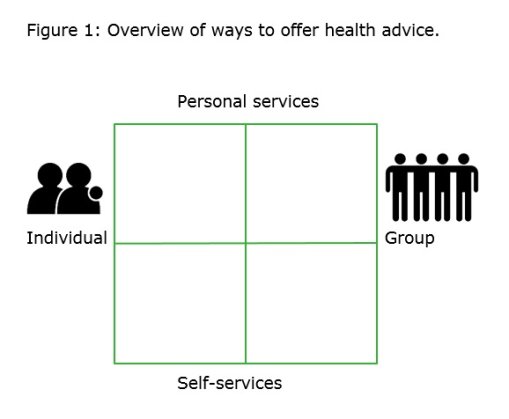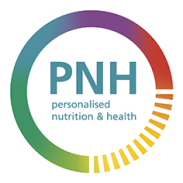
Blog post
Ways to meet customer demand for diet and fitness advice
Are you a company that wants to step into the world of diet and fitness advice? In this blog we offer you basic market insights by summarising the ways in which customers currently gain diet and fitness advice. You can use this to shape your own ideas or to strengthen your business plan.
Types of advice
General information and advice
Most diet and fitness services stem from the idea that people will improve their diet and fitness as soon as they learn more about the nutritional value of food, food habits and practical guidelines to diet and exercise. Diet books, magazines, product labels and websites are popular ways for people to acquire general food and fitness information and advice. In addition, customers can consult experts such as dieticians and personal trainers.
More recently, mobile serious games have been developed that educate the user about the nutritional value of diverse foods. The idea behind this so-called gamification is that a larger group can be reached when information is presented in a fun way that triggers positive feelings. An example of a serious game is the Dutch Beter weten Beter eten app (Understand well, Eat well) that educates kidney patients about the salt rate per food product.
Personalised information and advice via monitoring
In addition to general diet and fitness information new tools allow people to monitor their own health status and behaviour. Devices, scales and apps are on the market that provide additional information on e.g., fat percentage, heart-rate, sleep and activity per day. Examples of tools are smart watches such as Fitbit and Health Watch and apps such as Brightr and Runkeeper. Gamification is also offered in combination with self-monitoring such as the sport-game/programme Wii fit. Examples of food intake monitoring tools are apps that assist people in keeping a food diary such as fat secret and Mijn Eetmeter (My Eat Meter).
Different ways customers can get diet and fitness advice
For businesses entering the domain of offering diet and fitness advice, it is particularly important to specify their value proposition and channel: what is the unique value offered and how is it delivered to the customer? Diet and fitness services can be offered in a personal way and through self-services (or automated). Moreover, both personal and self-services can be offered individually or in a group setting (see Figure 1). These approaches are however not mutually exclusive; Weight Watchers is an example of a business that combines all these approaches (Ronteltap et al. 2012).

Self-services
Products and services that provide information and/or that enable self-monitoring without personal involvement of a professional can be described as self-services (DIY, self-help) approaches. A benefit of the self-services is that costs are rather low and feedback can be received at the moment you please. A downside is that most people struggle with sticking to their intended diet and exercise plan without some sort of social pressure. Studies show that group support assists in enduring self-regulations. Several apps make usage of these insight by, for example, offering an online platform to share exercise and diet results with peers, companions and friends. These automated-services still require more stamina and discipline from the user than personal services.
Personal services
Coaches, dieticians, personal trainers, diet and sport clubs offer additional support by, among others, providing (off and on-line) social interactions, best practices and tools to diet and exercise. These ‘coached’ approaches require more investments in time and finance but are usually more effective. Personal support can be organised bi-lateral (one-on-one, individually) and in group settings. Similar to the self- and automated services approach, personal services can also use data which are collected by the coach or/and the client.
Join the experiment
Are you a company that wants to expand its business model by offering diet and fitness advice? If so, it is worth considering if you want to offer advice to the customer in a personal or indirect way and if you want to address the customer individually or in a group setting. Are you struggling with deciding upon the next steps? We invite you to contact us to get new ideas for your future business model (Anne-Charlotte.Hoes@wur.nl, Carlijn.Savelkouls@wur.nl or Jos.Verstegen@wur.nl).
Author: Anne-Charlotte Hoes
